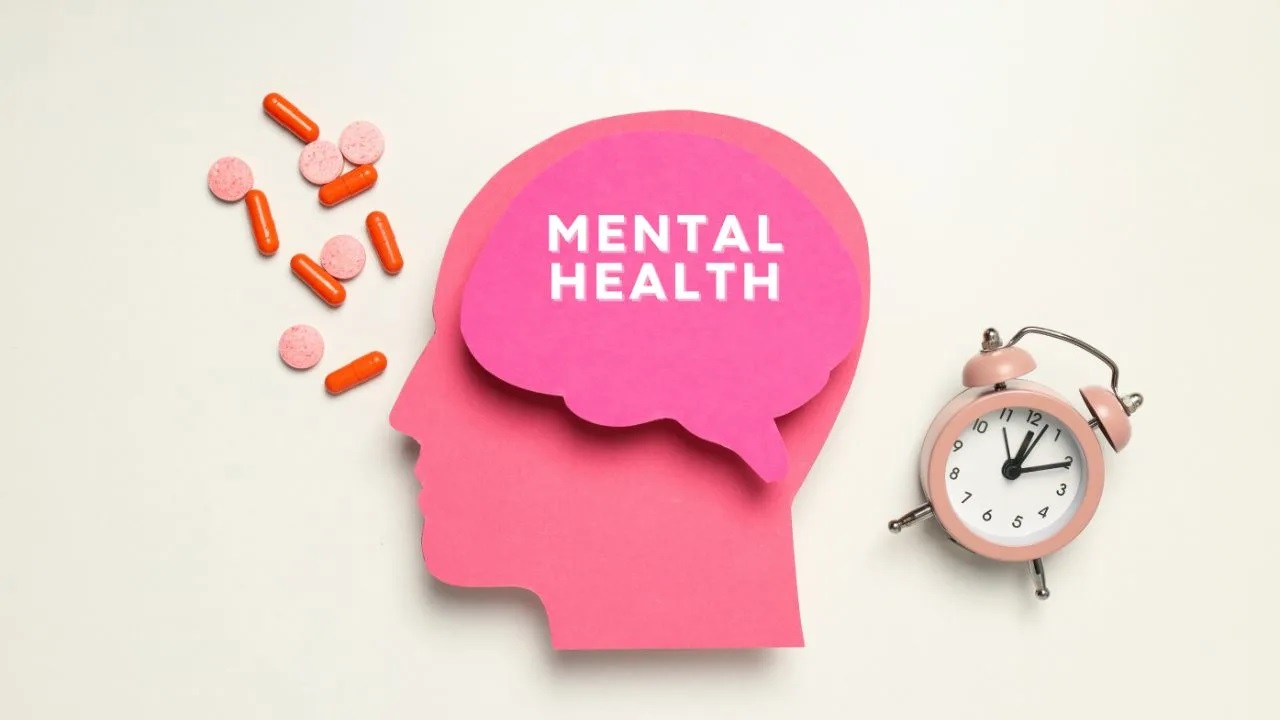Mental Health in the Classroom: Issues, Impacts and Institutional Roles
Context
India is facing a growing mental health crisis, particularly among students. Rapid lifestyle changes, academic pressure, digital overexposure, and lack of support systems have contributed to increased mental health issues among children and adolescents. Understanding the current status, challenges, and policy measures is essential to address this crisis effectively.
Status of Mental Health in India
-
As per the National Mental Health Survey (NMHS) 2015-16, 10.6% of the population experienced mental health issues at some point, and 13.7% were suffering from current mental disorders.
-
NMHS was conducted in 12 states, and NMHS 2 is currently under preparation.
Mental Health Issues Among Children and Adolescents
-
27% of children and adolescents experience depression.
-
26% face anxiety-related disorders.
-
7% show signs of hyperactivity.
-
9% deal with emotional problems, 19% with conduct issues, and 15% with peer-related problems.
Student Suicides and Behavioral Addictions
-
According to the National Crime Records Bureau (2022), the student suicide rate stands at 7.6%.
-
Between 2017 and 2022, there has been a 32% increase in student suicides.
-
A study in General Psychiatry (2021) found that internet addiction among students in 19 Indian states ranged from 19.9% to 40.7%.
-
Excessive use of social media, video games, mobile phones, and online pornography are notable behavioral addictions observed among Indian youth.
Impact of Mental Health Issues
-
Mental health disorders lead to poor academic performance due to reduced concentration, motivation, and cognitive function.
-
Sleep disturbances are caused by late-night screen use and internet overuse.
-
Students exhibit emotional dysregulation such as irritability, impulsivity, and mood swings.
-
Familial conflict is often reported as a result of mental health-related stress within households.
Challenges in Addressing Mental Health
-
Mental health conditions are often not recognised early, resulting in delayed intervention.
-
As per NMHS, only 29% of people with mental disorders receive treatment, leaving 71% untreated.
-
Stigma prevents individuals from acknowledging symptoms and seeking help.
-
Lack of awareness about symptoms and treatment options further delays intervention.
-
Mental health is poorly integrated into school education, leading to missed opportunities for early awareness and support.
Importance of School Mental Health Programs
-
The World Mental Health Report (2022) by WHO highlights the critical role of schools in identifying and supporting students with mental health concerns.
-
WHO’s Comprehensive Mental Health Action Plan (2013–2030) calls for proactive mental health education in schools.
-
School programs can promote resilience, stress management, and coping strategies.
-
Early intervention through school-based programs helps in preventing serious mental illnesses.
-
Such programs also aim at reducing stigma and fostering a supportive environment.
-
Schools can significantly contribute to overall community mental health by addressing these issues early.
Major Mental Health Initiatives in India
-
National Mental Health Programme (1982) was launched to ensure minimum mental healthcare for all citizens.
-
District Mental Health Programme (1996) under the IX Five-Year Plan aims to decentralise mental healthcare at the district level.
-
National Tele Mental Health Programme (Tele-MANAS), launched in October 2022, provides 24/7 mental health support via helplines 14416 and 1800-89-14416.
-
Under Ayushman Bharat, mental health services are included in primary health care through Health and Wellness Centres.
-
Mental Healthcare Act, 2017 provides a legal framework to ensure the rights and care of individuals with mental illness.
Strategies for Strengthening School-Based Mental Health Programs
-
Integrating digital mental health services like Tele-MANAS with school systems can provide accessible support.
-
Establishing a Mental Health Advisory Board (MHAB) within schools can help streamline initiatives and training.
-
Conducting regular mental health orientations for teachers and students fosters awareness and resilience.
-
Providing structured support during exams can reduce anxiety and performance-related distress.
-
Encouraging stress-free communication between teachers, parents, and students can create a supportive learning atmosphere.
-
Promoting awareness about helplines and mental health resources within educational institutions is necessary.
-
Media involvement through weekly editorials in local languages can enhance public knowledge and engagement.
-
Embedding mental health in the school curriculum ensures continuous exposure and normalization of the topic.
-
Capacity-building at the grassroots level through training of ASHA and Anganwadi workers can help in early identification and referral.
-
Conducting mental health audits and including them in institutional accreditation processes ensures accountability.
Way Forward
-
There is a need to bridge the gap between mental health needs and services through community-level and school-based interventions.
-
Public investment in mental health infrastructure is urgently required to reduce disparities and enhance service reach.
-
A multi-stakeholder approach involving policymakers, institutions, families, and media is essential.
-
Integration of resilience training, emotional learning, and coping skills into school curricula will provide long-term benefits.
-
School-based suicide prevention, anti-bullying programs, and socio-emotional skill development must be prioritised as part of comprehensive mental health strategies.


.jpg)

Comments (0)